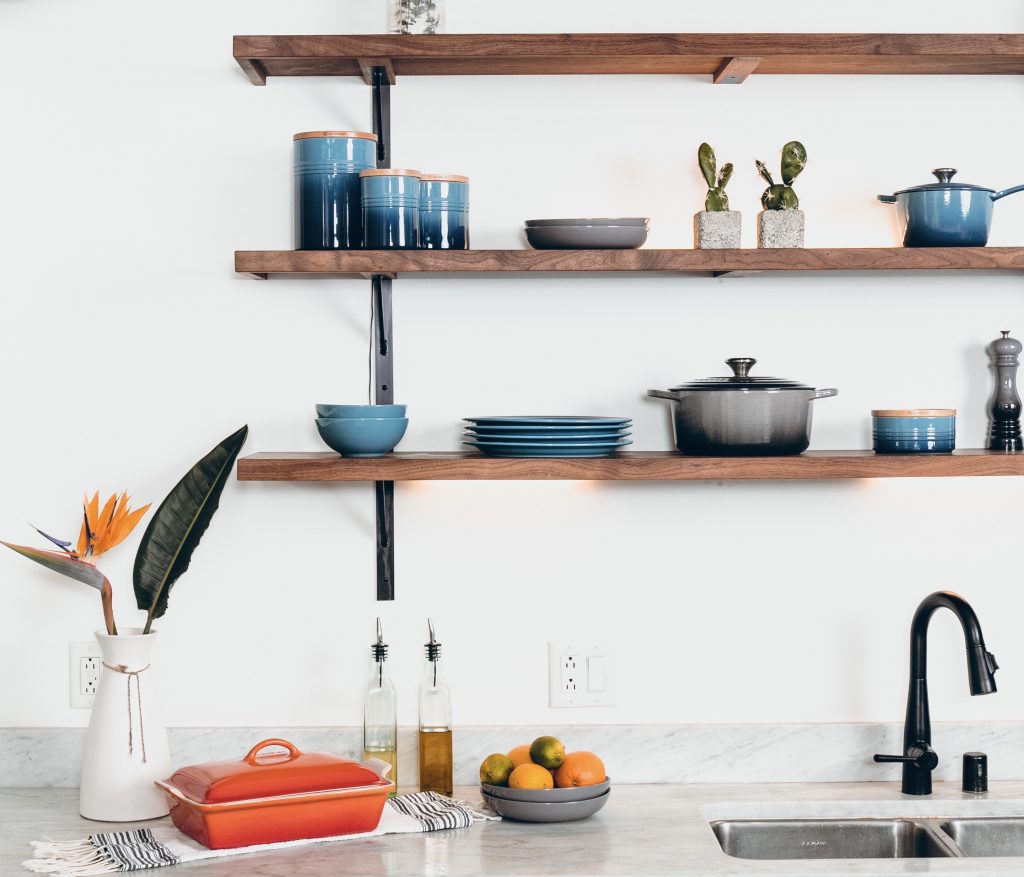Did you get a microwave as a Christmas present? If you are looking for help on how to install a countertop microwave in a shelf or cabinet, this is the right article for you.
For a lot of people, it is impossible to imagine cooking a meal after a long working day. But thanks to the invention of microwaves, it is easy to warm up leftovers and have a hot and hassle-free dinner. But there’s more to the applications: Nowadays, there are a lot of recipes that allow you to cook a whole meal in your microwave oven, without even using your stove or oven.
So, if you are still wondering if you need a microwave for your apartment, this might have convinced you. Anyhow, installing a new appliance can sometimes be tricky. Our experienced technicians are always there to help you out if you don’t know how to install the appliance yourself or if you need to get your microwave repaired. You can contact them through our online form or find all our other contact details here.
Which Microwave Do I Need?
In case you are wondering, which type of microwave you need, you can have a look at this article where we explain all the different features. Once you’ve found the right appliance for your needs, you will have to install it. And even though installing a countertop microwave can be very, there are some things that you keep in mind, especially if you want to put your appliance on a shelf. Here are the tips from our experts.
1. Find a Shelf or Cabinet for Your Microwave
For the first step of the microwave installation, it depends if you decided to buy a countertop microwave or a built-in appliance. If you went for a built-in microwave, you probably have accounted for it when planning your kitchen. Anyhow, in case you bought a countertop appliance and you want to place it on one of the shelves or in a cabinet, you should find a shelf big enough to fit it and that has a plug close by. Before placing the countertop microwave there, make sure to remove any objects from the inside that could fall out.
2. Find the Vents
To find out where the vents of your microwave are, you can turn the appliance on and feel with your hand where it blows the air out. Make sure not to place the microwave too close to a wall or the side of a shelf so the air can flow freely. For some built-in models, it can be important to have an advanced ventilation installation, such as over the range microwaves.
3. Make Sure the Microwave has Access to Electricity
If you are placing your new microwave on a shelf or a cabinet, it might be necessary to drill a hole into the shelf or the cabinet to make sure it has good access to the next plug. Remove the microwave while doing that, so it doesn’t get into your way. Snake the wire through the hole and plug in the appliance.
Don’t forget to put all the parts back in that you took out of your microwave and test your appliance. It should now be ready to heat your leftovers or cook you a hassle-free dinner after work.




